After the War
After Jim arrived home in Philadelphia in March of 1946, his top priority was simple: marry his girl, Betty McKnight. The two were married on April 27th at St. Edmund Catholic Church and honeymooned in the Poconos.
Meanwhile, Jim was looking for work. He first tried to use what he had learned in the Navy and put it into a career back home. Pop told me stories about his unsuccessful attempts to get into the tugboat industry along the Delaware River, but he had trouble just getting his foot into the door. | 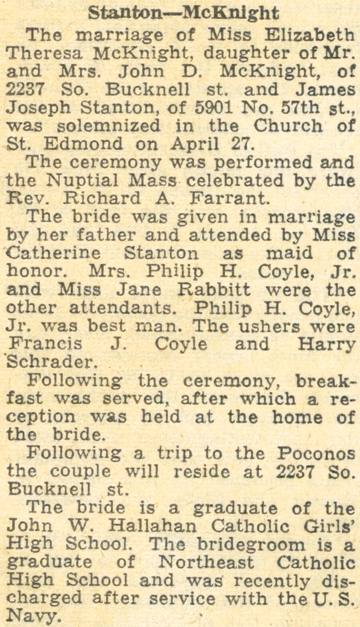 |
|
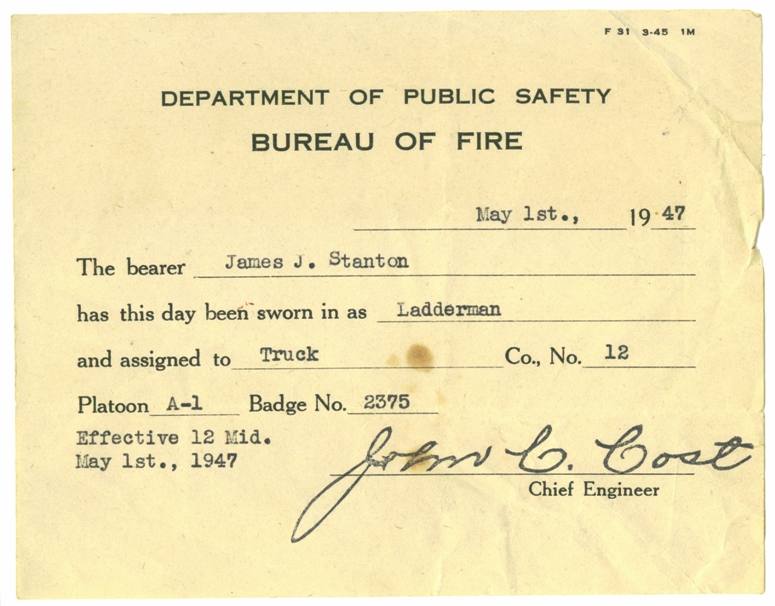 | Pop's sheet metal experience from before the war though was enough to land a job with Elliot-Lewis Company doing air conditioning work. Working there for about a year, Jim left in the Spring of 1947 to follow in his father's footsteps again, this time as a Philadelphia firefighter. |
|
| Jim was assigned as a ladderman with Truck Company Number 12 while he went through the Philadelphia Training School for the Fire Service; he officially graduated from training on January 19th, 1949. Meanwhile, Jim enlisted again in the Navy Reserves and periodically reported for training. | 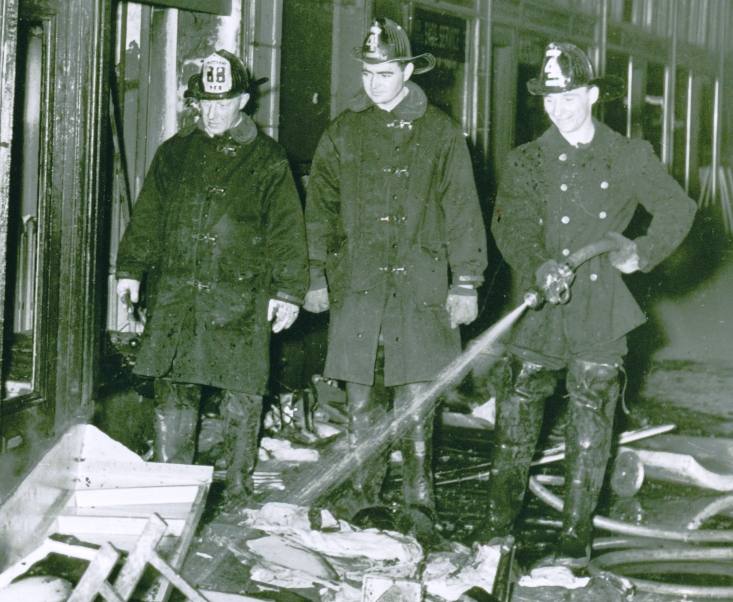 |
|
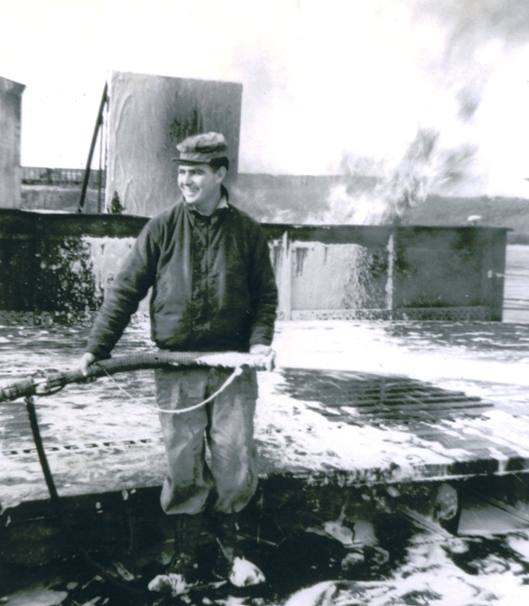 | I don't know if it was his Naval status or his training in the fire department, but Pop underwent additional instruction at the Naval Damage Control Training Center, becoming certified as a Fire Fighter Instructor. There are several photographs of Jim fighting training fires at what looks like the Philadelphia Navy Yard in 1949. There are also photographs of Pop in front of a classroom, instructing dozens of firefighters. |
|
| Jim left the fire service in October of 1949 to work at Eastern Underwriters Inspection Bureau as a Fire Protection Engineer. A year into his two-year stint here, two big events happened to Pop. On October 9th, his first son, James, was born. On October 28th, the Navy activated Pop for the Korean conflict. Once again, Quartermaster Jim Stanton was gearing up for war. | 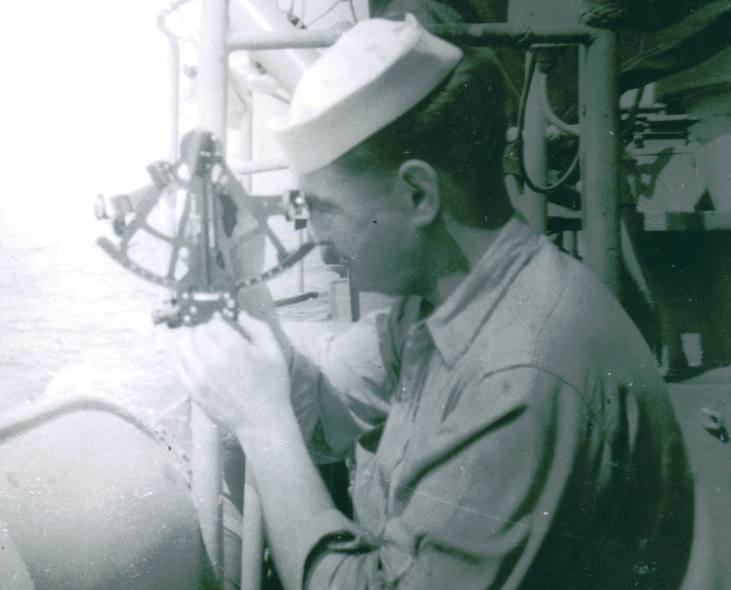 |
|
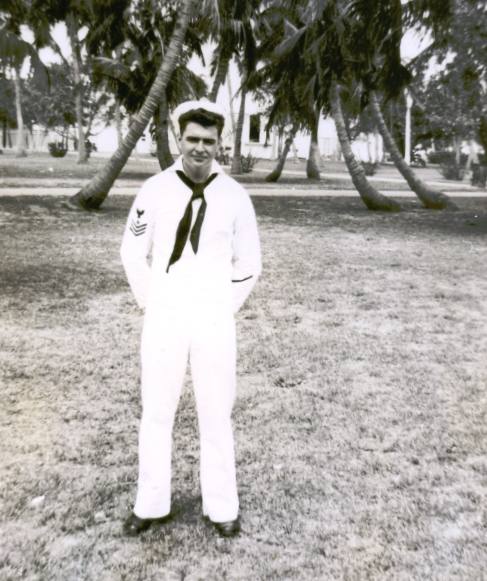 | Korea was in dire straights in 1950 after the communist backed North invaded the South in June. The United States was struggling to get men and material to the Korean Peninsula and there were massive call ups. I don't have a lot on Pop's service during this time but my understanding is that he was assigned to an ammunition ship. His service was brief; he received an honorable discharge on December 28 of the same year. |
|
Jim's military and fire experience helped him land his next gig, working in the safety department of Piasecki Helicopters. The pioneering aviation company was renamed Vertol Aircraft Corporation in 1956 and was eventually bought by Boeing in 1960. At some point while working at the Morton, PA plant, Jim was promoted from the safety department and started his career in labor relations. | 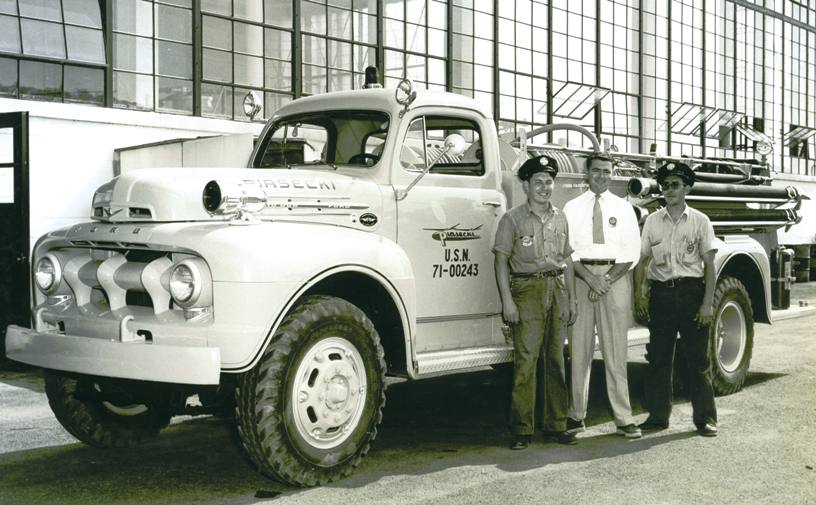 |
|
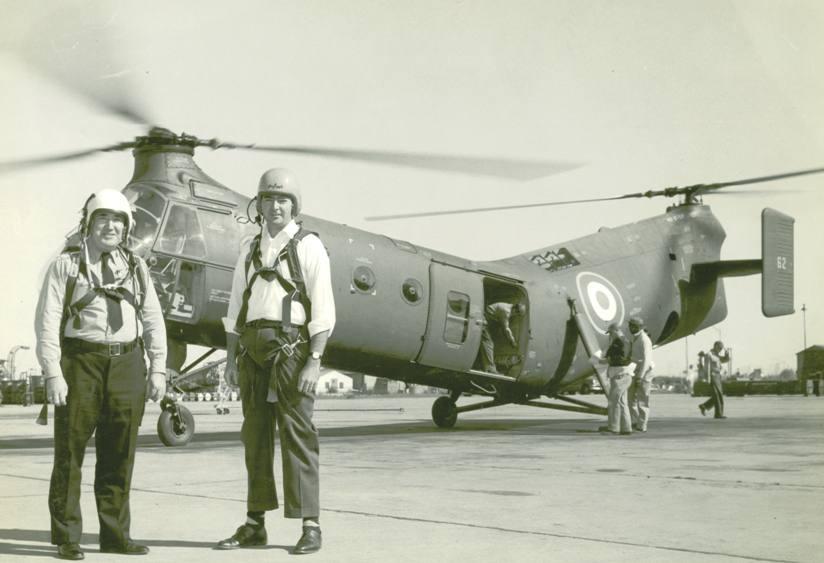 | Jim had found his niche; he would work in labor relations until retirement. He left Boeing-Vertol in 1967 and was hired at Westinghouse Electric's Lester, PA facility. Pop worked there until 1972, when he was hired by the United States Postal Service. Jim worked there until he retired. |
|
As far as family goes, Jim and Betty had three kids; Jim, Brian and Marybeth; they eventually had six grandkids. They kept busy in retirement by traveling the world and volunteering through the church and other charities. | 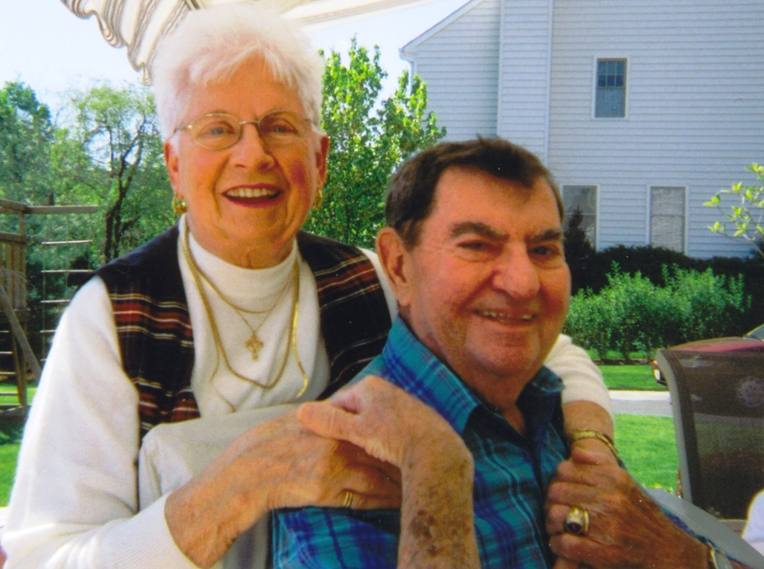 |
|
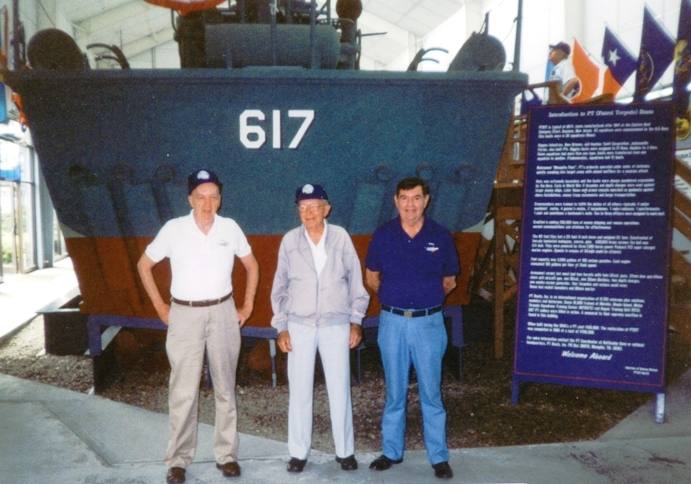 | Pop also kept his PT service in mind throughout his life; he was a member of the PT Boat Association and often attended reunions and bull sessions (regional get-togethers). Pop had letters in his personal files from some of the PT sailors he served with and caught up with some of them several times. He also volunteered as a tour guide several times at the PT Boat museum that is apart of Battleship Cove in Massachusetts. |
|
James J. Stanton died in October 2005. | |
|
|
|
